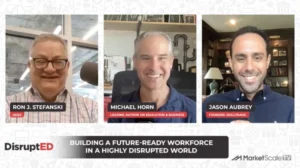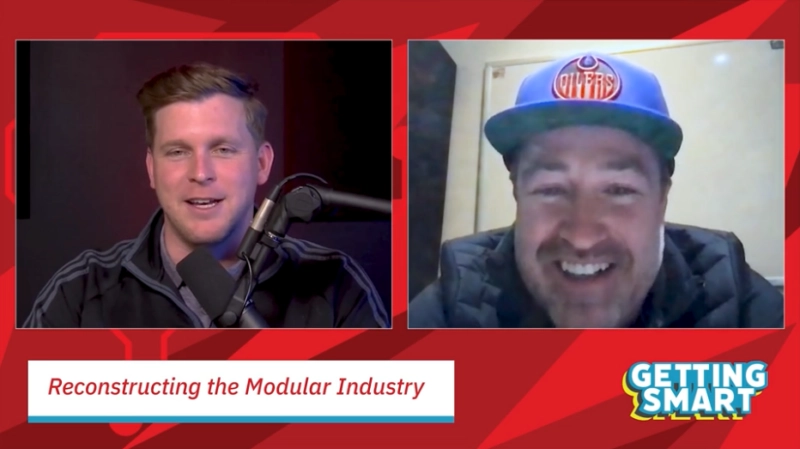The Science Behind Ice Buildup on Walk-In Freezer Panel Joints
If you have a commercial freezer that incorporates framing surrounding foam panels, you may have noticed an issue as the humidity rises: ice appearing at the joints of the panels. So what is the science behind this phenomenon and, more importantly, how can you prevent it from happening? Let’s take a look.
The Second Law of Thermodynamics tells us that heat will flow spontaneously from a hot to a cold body. But you don’t have to be an engineer to understand this concept. If you’ve ever seen an ice cube melt on a hot summer day, you’ve witnessed this law at work. A useful analogy is to think of heat flowing from hot to cold objects as if it were running downhill. And just like water running down a hillside, heat will always take the path of least resistance. So how does this fact apply to a commercial freezer?
The physical properties of the panel framing material and the panel foam are different. Wood frame is a better thermal conductor than polyurethane foam. This is why foam is a good insulator; heat will transfer through foam, but not as rapidly as other materials. Let take a look at some numbers.
A material’s thermal resistance or resistance to heat flow is measured by its R-Value. The higher the R-value, the greater the insulating effectiveness. The R-Value of wood is 1.2 per inch thickness, whereas foam will have an R-Value of between 7.2 and 8 per inch, depending on whether it’s being used for a cooler or a freezer. In either case, it’s clear that the difference in thermal conductivity between the two materials is quite significant. This naturally affects their relative temperatures as well. The frame surrounding an insulated panel will typically be measurably cooler (when measured from the warm side) than the polyurethane foam that makes up the interior of the panel. This difference in temperature means the path of least thermal resistance for heat entering a freezer envelope is through the frame.
If this occurs in a combo box with a common wall between a freezer and a cooler and there is humidity present in the cooler, icing could develop at the panel joints of the common wall in the cooler. If warm, moist air enters the cooler (leaving the door open for extended periods of time for example), it raises the dew point temperature causing condensation to form on the colder wood frame at the joint. At lower cooler temperatures, the condensation can freeze, turning to ice at the panel joint. It’s important to note that this is a scientific phenomenon that occurs naturally without there being any underlying issue with either the panel construction or installation.
This situation becomes even worse in conditions when there is an elevated relative humidity of 55% or greater. Condensation occurs when the temperature of a surface is lower than the dew point temperature. Dew point is closely linked to relative humidity. Simply put, relative humidity is the amount of water vapor in the air divided by the amount of water vapor it could hold at a given temperature, expressed as a percentage. We say the relative humidity is 100% when the dew point and the temperature are the same. If the temperature drops, as in a freezer, condensation will result, and liquid water will begin to form.
When proper maintenance and care is not performed regularly, frost and ice buildup can occur. This may lead to higher operating costs, damaged products, and equipment downtime while waiting for repairs. Here are some measures that operators can take on a day-to-day basis to properly care for their equipment:
- Limit the moisture that is allowed to enter the unit. If doors are opened for extended periods of time (not recommended), then vinyl strip curtains or air curtains should be installed.
- Have refrigeration specialists evaluate the situation and set defrost cycle times and durations in freezer units.
- Because air flow is crucial to preventing ice buildup, products should not be stored against the unit’s interior walls. A minimum gap of two inches is required to allow for adequate air flow.
- Get the ice out once it’s present. If not, ice can sublimate, generating further humidity. (Sublimation is when a substance moves directly from a solid to a gaseous state, skipping the liquid phase altogether.)
If you have questions about your freezer or cooler unit, KPS Global® can help. We are the largest provider of custom walk-ins in the nation. Quality, durability and service define our products for supermarkets, convenience stores, industrial projects and more. With each unit custom-built to your specifications, our walk-in coolers and freezers set the standard for innovation and efficiency. And over half a century of experience in the design, manufacture and service of cold storage rooms and doors ensures we have the knowledge and capability to maintain a robust cold chain.
Email sales@kpsglobal.com today to connect with an industry expert.
Read more at kpsglobal.com









